To know KateBrown’s work and personality is like unwrapping an Origami folding box, subtle layers appear one inside another. “KateBrown’s work as a very loud quiet… vast and deep…” Ken Babstock.
Kate herself wrote that “in 2009, after spending my adult life in Toronto and New York, I left urban life behind to live alone in a cabin 12 miles from the nearest town. Not being a driver, the six solitary years that I spent working in my forest studio have proven to be of utmost importance to me as a human being and as an artist. (After years of painting huge mural size velvet), I had not seriously worked in paint and canvas since my undergraduate days at the University of Western Ontario where I studied with the late Paterson Ewen (later attended New York’s School of Visual Art).
When I got into the studio and was confronted with the blank canvas, I felt lost and terrified. Instead of painting, I quite intuitively started to make tear catchers. I had seen one once in a museum in Tbilisi and it had forever captured my imagination. I did not question. I simply made them. Then I started to wonder about them. …” KateBrown’s tear catchers were perhaps the creative unconscious speaking to the artist, saying that it was the act of making art that was the tear catcher. Art validates effort, sweat and tears, so they’re not lost like tears in the rain. Kate explains the history of the drops in her work as ‘grrl drops’.
“Around 2000 I was thinking about the story of Jackson Pollock and how someone had theorized that his drip paintings came about because he had witnessed his Father urinating on a rock. The truth of this has no relevance, however, I did think, as Virginia Woolf had thought in ” A Room of One’s Own” What if Shakespeare had a sister?. Well, what if Pollock had a sister, I thought. Well, the marks would be different I suspected. So I took a small brush and placed in a static position between my legs above the paper and these are some of the results: A number of years later when living in isolation the woods, drops came to mind again. This time, teardrops. I didn’t know how to make a mark on the canvas. Intuitively, I started to make small clay tear catchers like one I had seen in a museum in Tbilisi. Then thinking about tears drop this way, I realized that in myth and fairy tale it is when the character is brought to tears that the magic happens. The defenses have dropped. To mimic this then, I started to use an eyedropper and later, a medicine dropper. I like the meaning behind that too- an instrument to heal the eyes and help one see better or simply become healed.”
There we see KateBrown is a next generation Yayoi Kusama, an evolutionary branch on the cultural tree. Where Kusama paints a circle, a globe, a dot, KateBrown’s globes, dots and circles weep; the paint pours down the canvas from each one., a bit like Jackson Pollock, there are real narratives, and real feelings, in the body language of the elastic paint.
We know of artists whose life has something to teach us. Georgia O’Keefe, Frida Kahlo, Louise Bourgeois, Helen Frankenthaler, KateBrown, artists whose personality is as important as their work, whose personality shaped their work. As women in their time, they often had to work twice as hard to be heard. Kate’s six years in a cabin in the woods reminds one of Siddhartha, of Buddhist hermitage; free from distractions one cannot evade self-reflection and some of the greatest minds of the past chose this path. The 17th-century Mexican nun Sor Juana Inés de la Cruz was a Mexican writer, philosopher, composer, poet of the Baroque period, and Hieronymite nun, who had withdrawn from the world in order to live an intellectual life. She was a contributor both to early Spanish literature as well as to the broader literature of the Spanish Golden Age.
Kate’s six years in the Canadian woods also entered her paintings, as she herself remarks; “It always amazes me that the landscape, although not at all a conscious focus in my work, manages to insinuate itself. Can you see this too?” And then you see it in her work, tree branches interweaved with the sky coming through behind them, weave after weave in all nature’s variations, captured by an artist who is becoming a parable. Then all of a sudden people start to pay attention. Mary Rashleigh, Director & CEO of the Winnipeg Art Gallery, writes about her; Vida Sibbagghi, curator at the Queens Museum, included her in a Brooklyn show. N.Y. art critic John Yau put her in another exhibition, now Jonathan Bennet is writing about her; people are starting to notice KateBrown.
Please contact KateBrown through her Instagram.
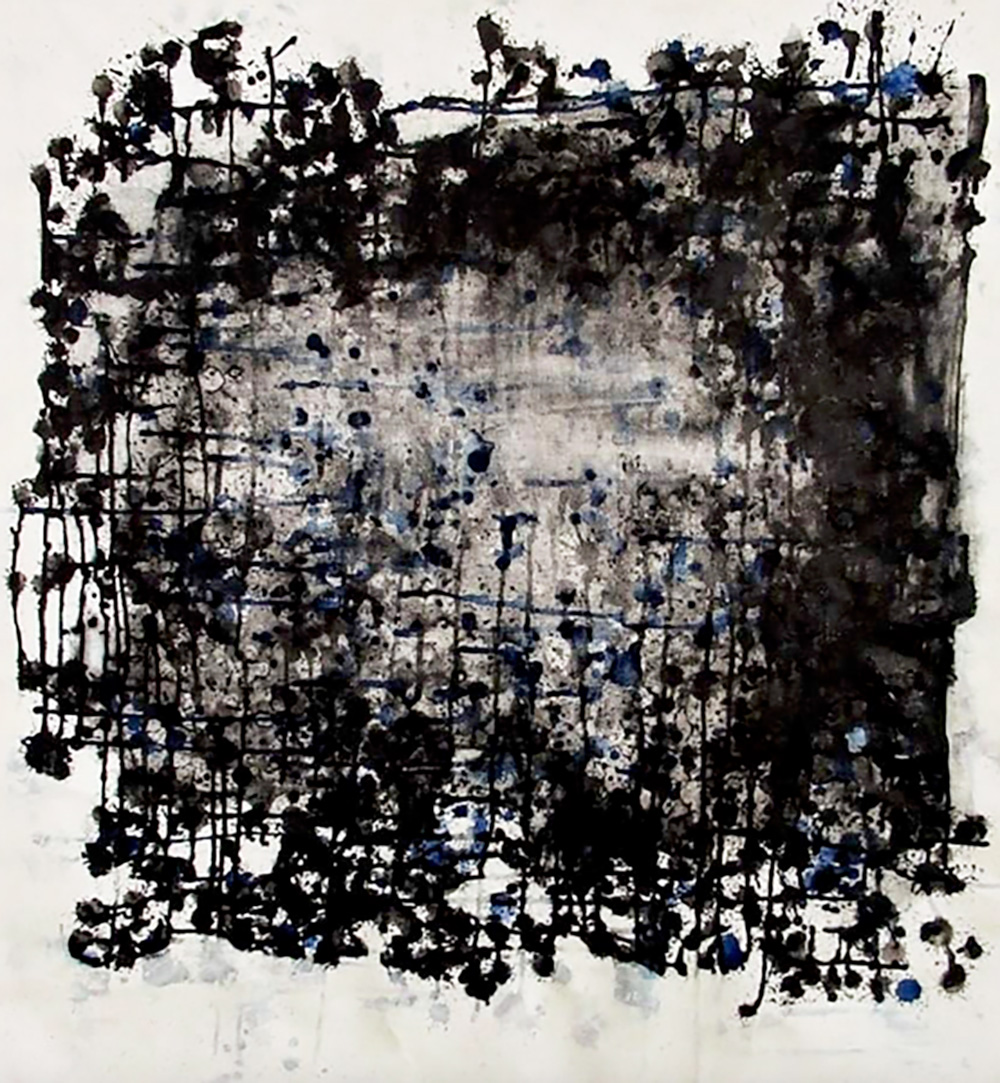
Landing Field, 32″x32″, acrylic on unstretched canvas, 2021. © KateBrown
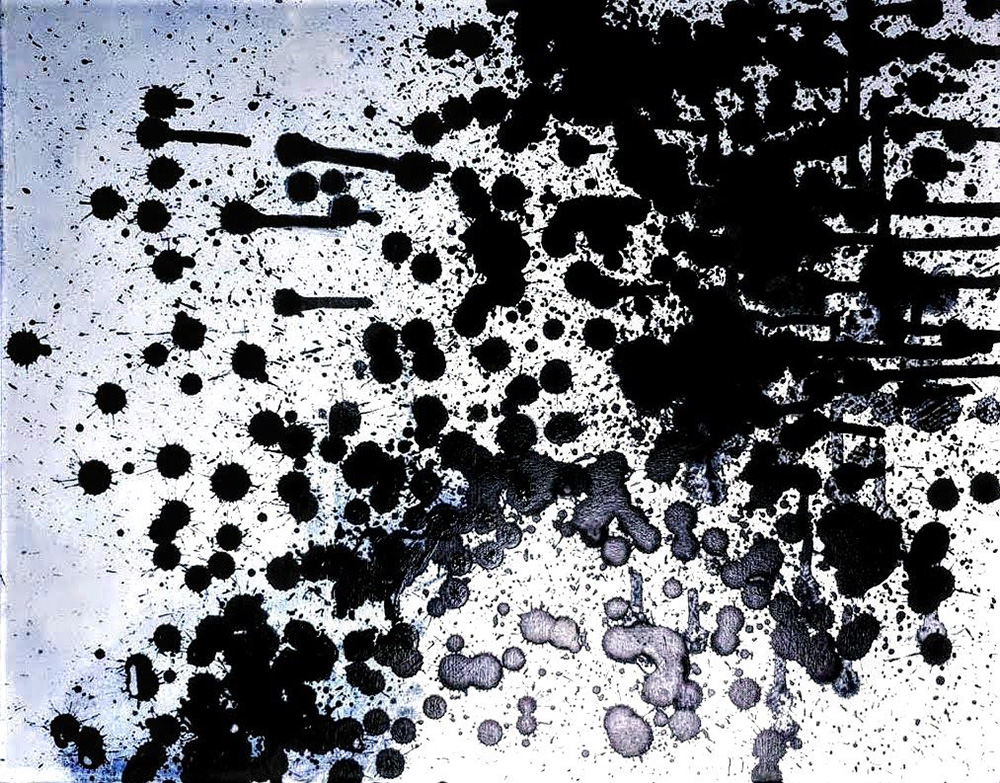
Fillings, 16″x20″, acrylic on canvas, 2020. © KateBrown
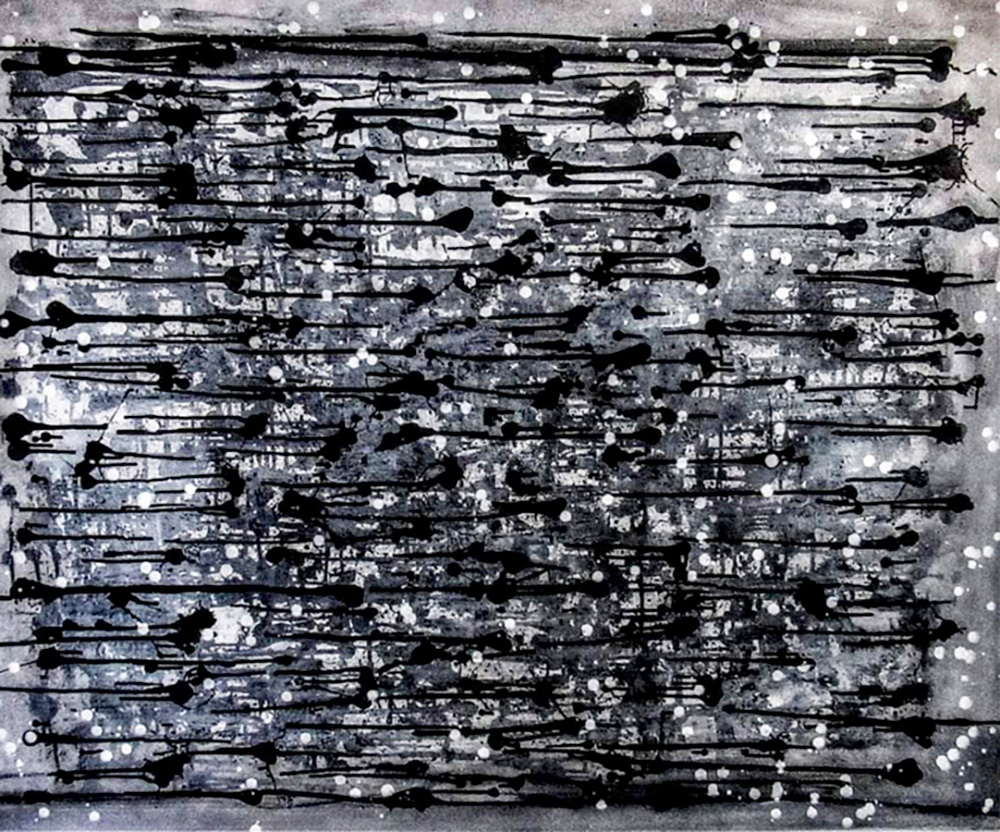
Epoch II, 48″x60″, acrylic on canvas, 2021. © KateBrown
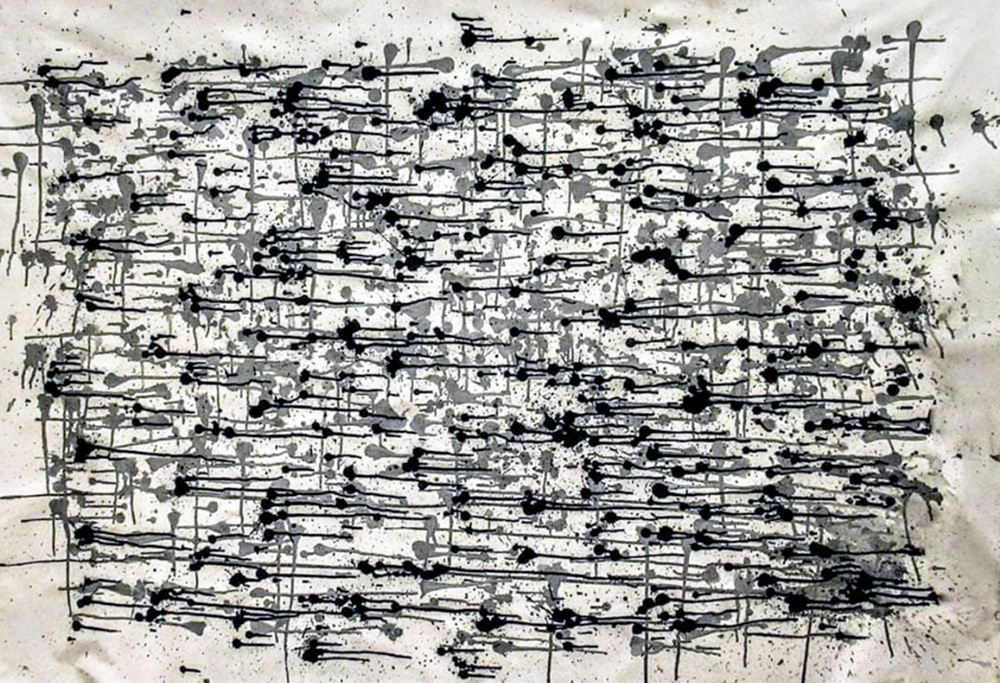
Duet, 45″x69″, acrylic on canvas, 2020. © KateBrown
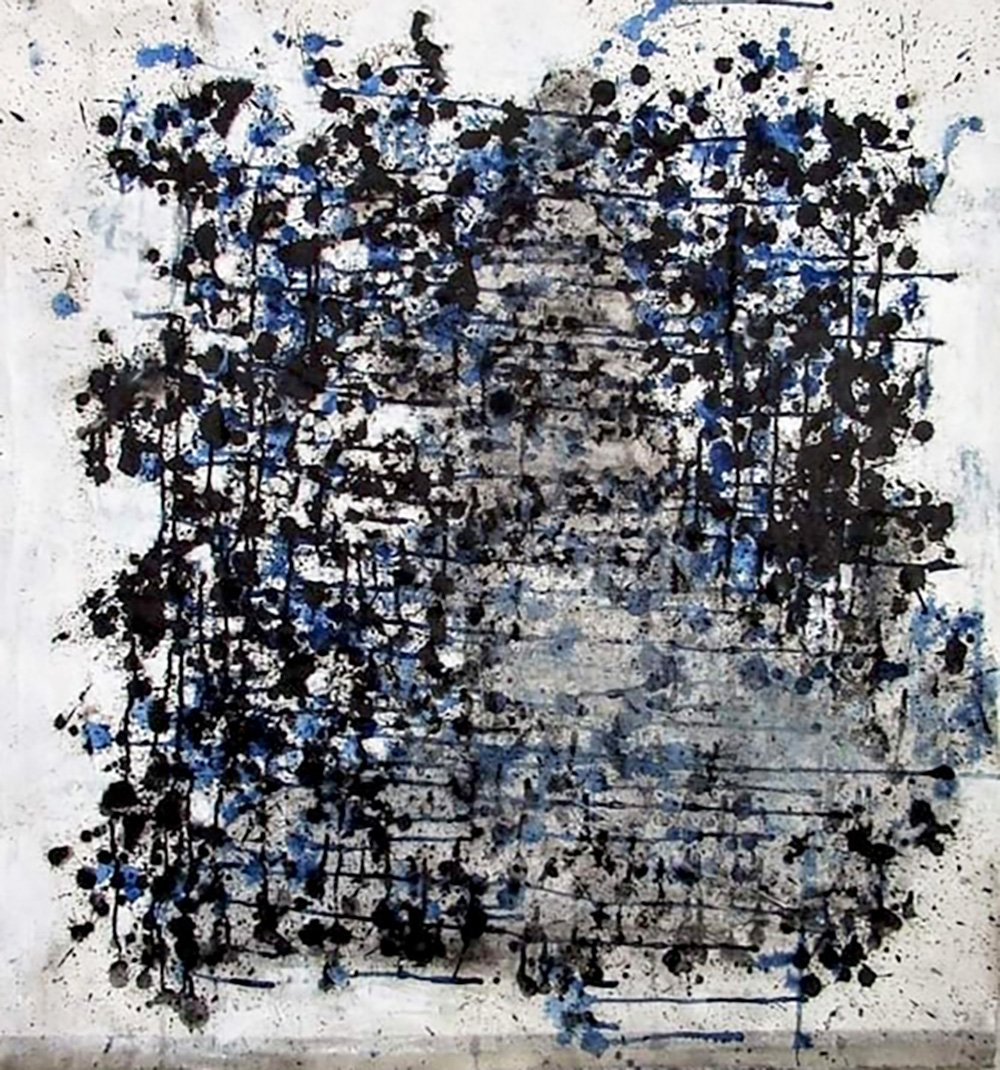
Clearing, 32″x32″, acrylic on unstretched canvas. © KateBrown





